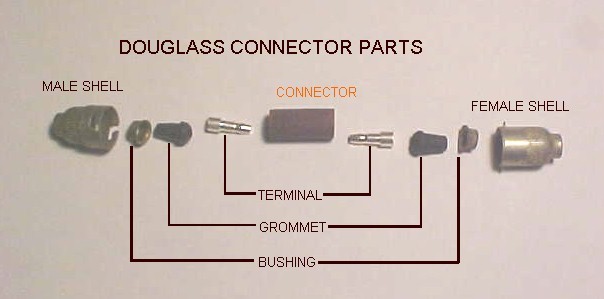
Originally Posted by
Blitz

From another forum, on Yachts, in relation to using a 12 volt system off of a 24 volt charging system, and ""Sharing a Ground"" ( DC Voltage , 12 and 24 volt )
Quote:
In theory, yes, all "ground" busses would be tied together.
But in practice, this creates a new hazard on the boat. By tying the 12 and 24 volt grounds together, you now create the hazard that you can have a short or other unintentional connection between the 12 V+ and 24V+ systems, putting 24V on the 12V system or creating a 12V loop in the 24V side.
That might be a small hazard and worth ignoring in favor of having one common ground--but I'd check out the system with that thought in mind, and make doubly sure the two system positives were kept isolated from each other to make sure it couldn't happen.
End Quote.








 Reply With Quote
Reply With Quote










